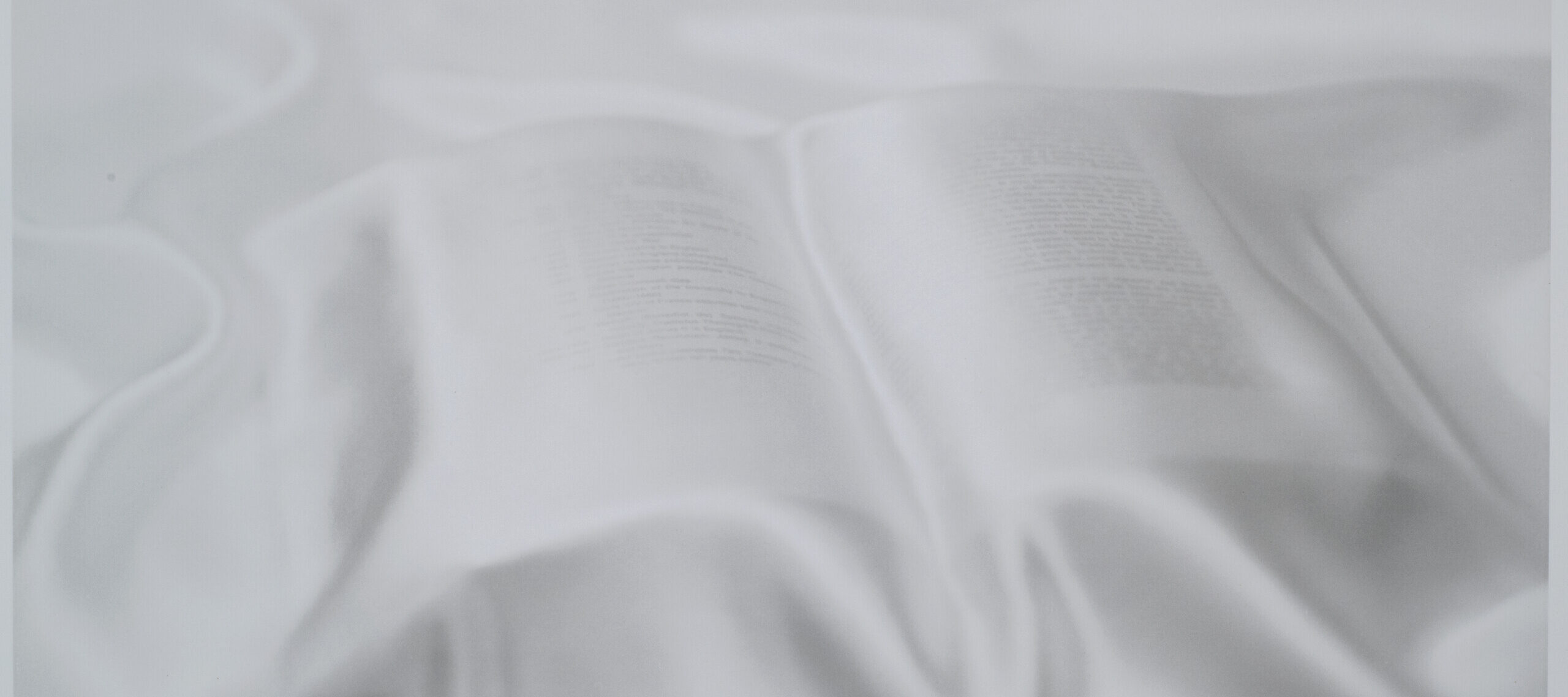Sarah Charlesworth: A Retrospective is a survey of two decades of artwork by a pioneer in the postmodern examination of photography as cultural arbiter. Charlesworth was among the first artists to explore photography as both medium and subject. Her art, dealing with subjects ranging from gender politics to religion, is united by an interest in how photographs influence contemporary consciousness. The exhibition, with more than 60 photo-objects drawn from Charlesworth’s nine most important series, is on view at NMWA from July 9 to September 27, 1998.
Charlesworth was one of the leaders of a new generation of contemporary artists who, in the late 1970s and the 1980s, first recognized the central role of photography to our cultural identity and social interactions. Conceptually challenging and visually striking, her images are often immediately recognizable from mass media. Isolated from their original context and suspended in pictorial space, however, these works result in a deeper understanding of the power photography exerts in defining our modern worldviews.
As a college student in New York in the early 1 970s, Charlesworth was well-schooled in painting and art history as well as left-wing politics and feminist causes. Her aesthetics were forged by minimalism, pop, and conceptual art. She created The Fox magazine in 1974 with fellow artist and companion Joseph Kosuth; wrote articles for Heresies, one of the first feminist art publications; and was a founder of the Artists Movement for Cultural Change.
In 1977 she began a photo-based series titled Modern History, in which she excised everything except the mastheads and photo layouts from the front pages of newspapers. April 21, 1978, compares the treatment of a photograph of kidnapped Italian Prime Minister Aldo Moro in 45 newspapers worldwide on a single day. Within this visual context, the importance of Moro’s kidnapping is shown to be a relative event in modern history, governed by visual, editorial, and political concerns.
Following Modern History, Charlesworth became aware of other New York artists whose ideas about photography’s relationship to contemporary culture were in sync with her own, including Sherrie Levine’s and Richard Prince’s re-photographs, Cindy Sherman’s and Laurie Simmons’ staged photo narratives, and Barbara Kruger’s big, glossy photomontages. Like Charlesworth, all of these artists placed their emphasis on “making” a photograph rather than actually “taking” a photograph.

Installation image of Sarah Charlesworth: A Retrospective
